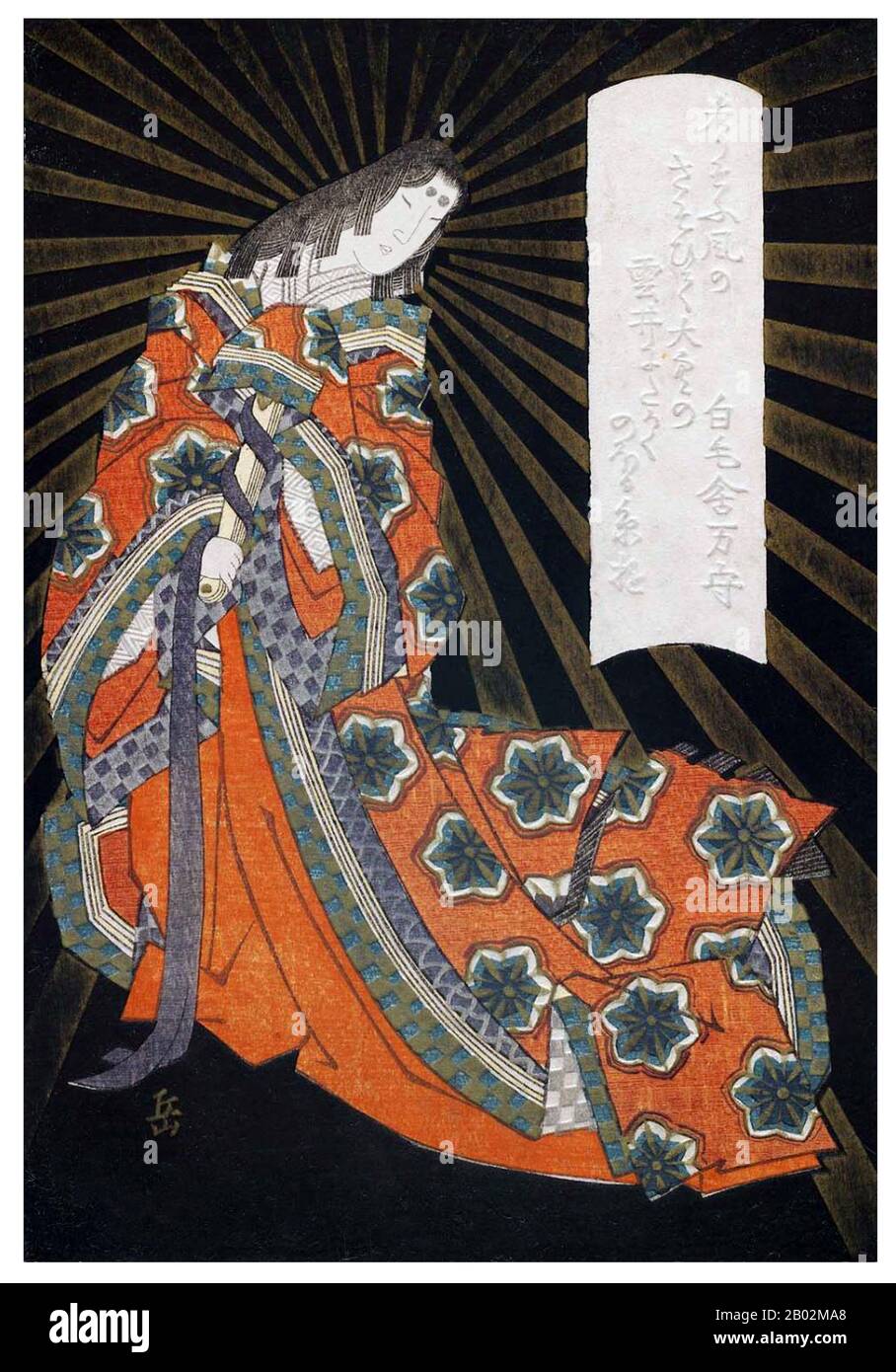

When drought came to Japan, it was said that Raijin was either slacking off or imprisoned, as depicted in one kabuki play. Raijin is the bringer of rain, a boon to farmers. He is always in the company of Fujin, the god of winds his son, Raitaro and occasionally the thunder beast, Raiju. He also appears with a drum, with which he creates thunder. This halo surrounds all of Raijin, rather than just his head, and is marked by plates covered in various Buddhist, Daoist, and Shinto religious imagery.

Despite this, he is often depicted with a traditional Buddhist halo, a common motif around figures that are holy or divine. His expression is almost always angry or gleefully destructive, like a hungry demon. With a terrifying, toothy smile, severe eyebrows, and lean, muscular appearance, he dresses in simple pants and has wily, unconquered hair. His connection to Yomi, the Land of the Dead, is part of his being, made clear through his horrific appearance. He rains down death and destruction on the world below. Raijin is the master of thunder and lightning, controlling the power of storms. Other names are Kaminari-sama (雷様, “Lord Thunder”), Raiden-sama (雷電様, “Lord Thunder and Lightning”), Narukami (鳴る神, “The Resounding God”) and Yakusa no ikazuchi no kami (厄災の雷の神, “God of Storms and Disaster”). West Albay Bikol Etymology Raijin is represented in Kanji as 雷神, a combination of 雷 ( kaminari), meaning “thunder,” and 神 ( kami), meaning “god” or “spirit.” Thus, he is simply the Thunder God.

The reflexive case of this sense of we is ourself. ( This use of we is the editorial we, used by writers and others, including royalty-the royal we-as a less personal substitute for I. “ kami” in Pusat Rujukan Persuratan Melayu | Malay Literary Reference Centre, Kuala Lumpur: Dewan Bahasa dan Pustaka, 2017.Kita orang / كيت اورڠ (informal exclusive)Įngkau/ kau- / اڠکاو/ كاو- (informal/towards God)Īwak / اوق (friendly/older towards younger)

kita ( inclusive of the person spoken to )Īku/ ku- / اکو / كو- (informal/towards God).we, us, our ( exclusive of the person spoken to ).we us (exclusive of the person spoken to).“ kami” in Kamus Besar Bahasa Indonesia, Jakarta: Language Development and Fostering Agency - Ministry of Education, Culture, Research, and Technology of the Republic Indonesia, 2016.įrom Proto-Malayo-Polynesian *kami, from Proto-Austronesian *kami.― It is only we who have the right to own this Indonesian land. Hak Milik tanah bangsa Indonesia hanya untuk kami sekalian. ours (if used with milik, kepunyaan, etc.).― There is a big gecko in our hotel room: please help have it removed. our (exclusive) my and of other(s) but not of those I am addressingĪdalah cicak besar di dinding kamar hotel kami: tolong bantu di ambil.― We have been to the market.Īnak-anak: " Kami?" Mother: "Have you all bathed yet?" we (exclusive) I and other(s) but not those I am addressing.Inherited from Proto-Malayo-Polynesian *kami, from Proto-Austronesian *kami.įrom Proto-Malayic *kami, from Proto-Malayo-Polynesian *kami, from Proto-Austronesian *kami.įrom Malay kami, from Proto-Malayic *kami, from Proto-Malayo-Polynesian *kami, from Proto-Austronesian *kami. “ kami”, in Trésor de la langue française informatisé, 2012.( Davao ) Indonesian cinnamon ( Cinnamomum burmanni).* Ta is used over ko where the object is a second-person singular pronoun.


 0 kommentar(er)
0 kommentar(er)
